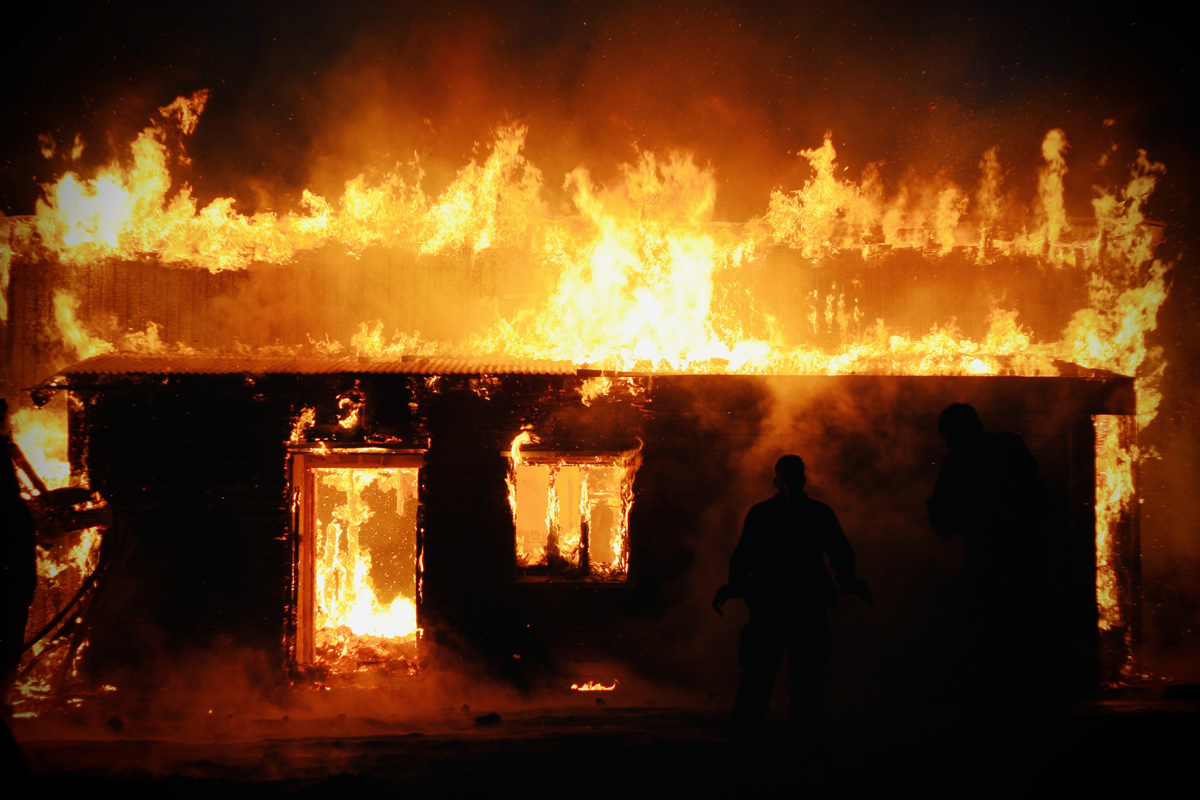In problem solving, the hero firefighters may actually be the arsonists creating the very fires they are being praised for putting out. The key on the jobsite is to not start the fire in the first place. Lean expert Keyan Zandy explains how to extinguish both from the jobsite.
Firefighter or Arsonist? How to Extinguish both from the Jobsite
Early in my career, I was on a multi-phased project that got behind schedule. Not wanting to lose our client’s confidence, we did everything in our power to meet our deadline, including 10–12-hour days and weekend work. We were behind and always in reactionary mode with no time for planning. I worked 68 days straight, and when we made our CO date, I remember all the congratulatory phone calls and “atta-boys” I got from the leaders in my firm for helping to push the job across the finish line.
In our industry, we wear our long hours as a badge of honor and love swapping tales of how we saved the day through the hustle and grind of hard work. I’ve had project managers and superintendents share stories of solving critical issues on their wedding days or anniversaries and even working through their children’s births.
The question is: why did we have to work so hard in the first place? After much reflection, I have realized that we have a significant problem in our industry’s culture when it comes to rewarding “firefighters.” For this blog’s purposes, I’m defining firefighting as field teams’ efforts to find solutions to sudden problems that come up on a construction project while never dealing with or understanding the root cause.
We reward firefighting and last-minute crunch time rescues via recognition at company picnics and through bonuses and promotions. Unfortunately, sometimes the people getting the glory for their heroics are often the ones whose short-term and hit-or-miss approach to managing their work in the field began these fires to start with. To overcome this, we must stop rewarding these “firefighters.” Here are three ways how.
1. Reward planning.
Look for ways to identify and recognize those who are proactive on problem-solving and plan their work accordingly. Find champions within your firm who excel in Lean scheduling and have them share their templates, processes, and thoughts to allow others to see what successful planning should look like from the start.
2. Don’t celebrate long hours.
The next time someone pulls an all-nighter, stop and think about what got the project to that situation in the first place. An unreliable schedule? Not holding trade partners accountable? Rework? Working hard and serving with passion is different from not planning and putting the project team in a position where everyone must work twice as long to save the day.
3. Have a process and provide training.
Are you recreating the wheel on every project? Value mapping your processes is a significant first step to stop this bad habit. Training on the processes that have been mapped allows your project team to be on the same page and ensures that things don’t get missed. Having processes clearly defined from mobilization through closeout helps project teams know what expectations exist around project hygiene. Is the project team updating their schedules weekly, are they huddling daily, and are pull plans occurring at each milestone? By ensuring these processes are defined and trained on, field teams have fewer excuses for a reactive management style, which leads to daily firefights.
Think about your job site. Do you have a firefighting culture? If you notice the following, here are some tools and processes that can help get things on track.
1. Inadequate planning:
Utilize the Last Planner® System. This is a holistic system, and when all facets of it are utilized, a project team will be able to leverage its maximum potential. It is broken out into five components:
- Master Scheduling
- Phase Scheduling
- Look Ahead Planning
- Weekly Work Planning
- Percent Plan Complete
2. Inadequate communication:
Hold regular daily huddles. A daily huddle is a short meeting at the start or end of a shift to discuss the project’s status, the priorities for the day, your team’s constraints, and to communicate pertinent information to team members on the job.
3. Inadequate coordination:
Visual communication will play a vital role in establishing and maintaining a reliable workflow in the field. When coordination breaks down on a job site, teams will experience loss of productivity, hindered completion times, and costly errors. Visual communication tools significantly help to bridge coordination gaps and facilitate better trade-to-trade collaboration and accountability at the daily huddle.
4. Inadequate monitoring:
Inadequate monitoring of work on your jobsite will lead to poor quality, rework, and increases the potential for firefighting. Having others audit your project meetings can help provide perspective on what is working well and what isn’t so you can stay proactive.
5. Inadequate accountability:
Inadequate accountability on a jobsite will almost always lead to disaster. Implementing a constraint management board can help the project team communicate, prioritize, and track the construction constraints. Tracking root causes for commitments missed via a percent plan complete board will hold project team members accountable and build a culture of trust on the job site.
One of the biggest mental hurdles to overcome is the feeling that all these kinds of efforts take up too much time. When we are trying to streamline and move faster, it feels counter-intuitive to slow down and make things take longer. But this time spent in preparation and planning ultimately saves you time—the hours (or days) it takes to put out the kinds of fires that expand your workdays, ruin your weekends, and cripple your project’s productivity.









